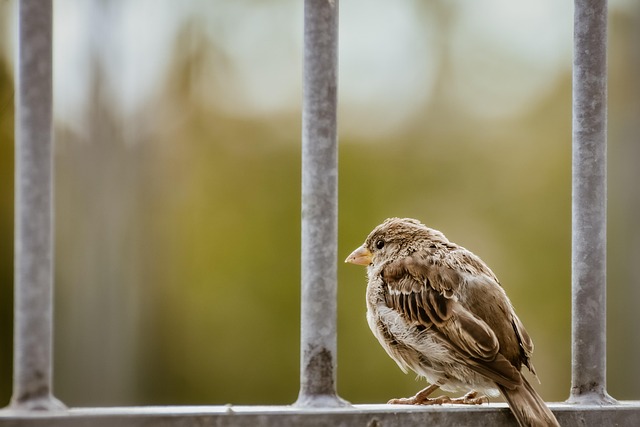In New Bedford, MA, enhancing your outdoor space with a vinyl fence offers both aesthetic appeal and security. This article guides you through the process of installing a vinyl fence, from understanding the diverse types suitable for New Bedford homes to selecting the ideal contractor based on key considerations. We delve into the installation process, step-by-step, and provide essential maintenance tips to ensure your vinyl fence’s longevity, enhancing your property value and peace of mind.
- Understanding Vinyl Fence Types for New Bedford Homes
- Choosing the Right Contractor: Key Considerations
- Installation Process: From Planning to Completion
- Maintenance Tips: Ensuring Longevity of Your Vinyl Fence
Understanding Vinyl Fence Types for New Bedford Homes
When it comes to vinyl fence installation, New Bedford homeowners have a variety of options to choose from. Understanding the different types available is crucial in making an informed decision for your property. The most common types include picket fences, which offer a traditional aesthetic with individual boards, providing both privacy and security. Post-and-rail fences are another popular choice, featuring vertical posts connected by horizontal rails, often used to enclose yards or highlight specific areas.
For those seeking a low-maintenance option, vinyl privacy fences are an excellent pick. These fences are designed to block out intruders and unwanted views while allowing air circulation, preventing the need for frequent cleaning or painting like traditional wood fences. Additionally, their smooth surface repels graffiti, making them a practical and attractive choice for any New Bedford home.
Choosing the Right Contractor: Key Considerations
When choosing a vinyl fence installation contractor in New Bedford, MA, it’s crucial to consider several factors. First, ensure they have a proven track record and are licensed and insured to handle such projects. Reputable contractors will provide references and samples of their previous work, giving you an idea of the quality and style of their installations.
Additionally, check their level of expertise in vinyl fence installation. Some companies specialize in certain types or styles, so it’s important to find one that aligns with your preferences and project requirements. Communication is key; look for a contractor who is responsive, transparent, and willing to work closely with you to understand your vision.
Installation Process: From Planning to Completion
The installation process for a vinyl fence begins with meticulous planning and ends with a robust, long-lasting barrier. It starts with an on-site consultation where contractors assess the property’s unique needs, measuring and mapping out the desired fence layout. This step is crucial to ensure the final product aligns perfectly with the client’s vision and offers both aesthetic appeal and practical functionality.
Once planning is complete, the contractor’s team prepares the site, clearing any debris or obstacles. They then excavate the designated areas for posts, ensuring proper depth and placement for maximum stability. After setting the posts, skilled workers attach the fence panels, using high-quality fasteners to create a secure, durable barrier. Throughout the process, attention to detail is paramount, from aligning the panels to sealing joints, guaranteeing both structural integrity and an attractive finish.
Maintenance Tips: Ensuring Longevity of Your Vinyl Fence
To ensure your vinyl fence in New Bedford, MA lasts for years to come, regular maintenance is key. Start by cleaning your fence at least twice a year using mild soap and warm water. This removes dirt, mildew, and other debris that can dull the finish or even damage the material over time. Avoid power washers as they can strip away the protective coating.
Inspect your vinyl fence regularly for any signs of wear and tear, such as cracked panels or loose posts. Address these issues promptly to prevent further damage. Repaint or restain your fence as needed to maintain its original color and protect it from UV rays. Keep the area around the fence clear of debris and overhanging branches that could cause damage during storms or high winds.
